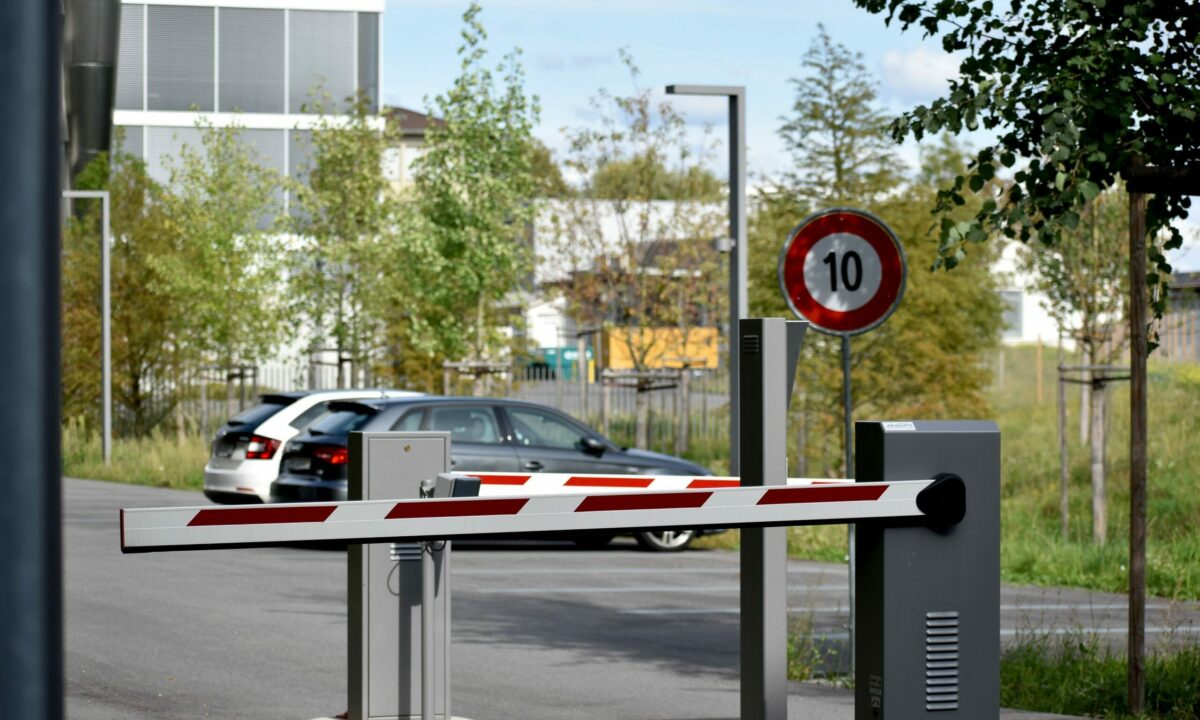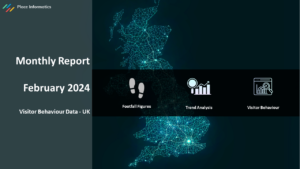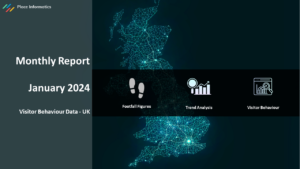There are an estimated 20,000 car parks across the UK, with an estimated revenue of £874,000,000 in 2022. If you are a car park owner, manager or developer, you might wonder how monitoring GPS footfall data can help to make decisions and ultimately increase returns.
Car park managers and operators in towns and cities, as well as local venues such as retail parks and tourist attractions, acknowledge the value of these locations in terms of generating revenue from multiple sources including EV charging, advertising and car park fees as well as enforcing parking regulations and managing traffic flow.
By utilising data to find out where visitors come from, if they are locals or tourists and where they go will reveal interesting facts about the visitors, which could be advantageous.
Visitors home origins linked to demographics can be analysed to find out the distances they travel to park and what services they might need.
Finding out where customers go after they park, brings up rich data on visitor preferences, habits and trends, which may also change through the seasons, so that surrounding businesses have the ability to adapt their offerings to provide a better experience for visitors.
Here are just a few examples of how visitor behaviour data can improve parking operations.
1. Increase parking occupancy
Car parks welcome visitors on a daily basis. Therefore, understanding how demand for parking spaces varies every hour of the day, per week, month and throughout the seasons could provide clues how to increase occupancy levels at non peak periods.
For example, if the data reveals that there is a trend for the majority of people in a car park go to visit a local shopping centre, you could offer reduced advertising costs to the shops in the shopping centre or increase the time that those shoppers are permitted to use the car park.
By monitoring car park usage, managers will be able to modify operations and staffing quickly during peak times and when local events are scheduled, perhaps increasing social media outputs to ensure spaces are not under-utilised.
2. Distance Travelled and demographics
Data such as age and education, can provide insights into the preferences and expectations of visitors. This can help you to make informed decisions regarding facility upgrades or additional services. For instance, if the data shows a high proportion of educated professionals, you may consider implementing amenities such as Wi-Fi access, but If there is a high proportion of elderly visitors, increased wheel chair bays may be more beneficial.
Drive time data can provide insights into the geographic reach of the car park. By analysing how far visitors are willing to travel to access the car park, you can identify the primary catchment area and understand the market demand. This information can guide decisions related to pricing, marketing strategies, and facility improvements.
3. Investment and Regeneration
If your location needs to improve the quality, quantify and convenience in car parking provision, you may be able to apply for public funding to assist with the need for bringing more visitors into the location.
Place Informatics data will reveal insights into the population, such as the catchment areas of socially deprived communities, which will fulfil the funding criteria of some of the funding assessors.
Alternatively, if you are seeking private investment or other means of regeneration, you may need to prove that the catchment population of affluent commuters or leisure seekers is within a certain proximity.
4. Reduce bottlenecks or congestion
Thanks to heatmaps, you can see which areas of your car park are most popular at certain times of day and take steps to reduce congestion at entrances and exits, whilst ensuring that visitors can move around freely.
The data could bring an improved understanding, that could assist with layout decisions, such as putting up a mini traffic light system, extra barriers to prevent vehicles parking in restricted zones or redesigning the layout of the car park with specific routes for pedestrians and vehicles, alongside space for overflow parking.
Access car parking data
Visitor data from our Car Parking module takes away the guess-work of customer parking activity, and enables managers in towns, cities, green spaces and retail parks across the UK to optimise parking operations for maximum efficiency.
If you’re not already using visitor behaviour data to manage your car park, now is the time to start! Get in touch for a free demo today!






